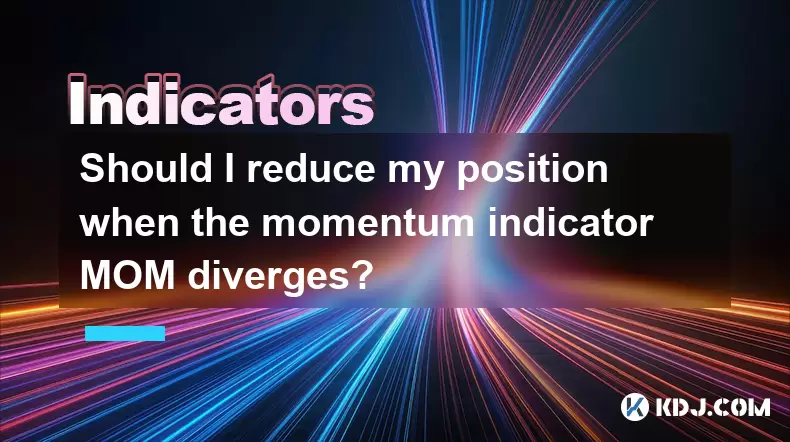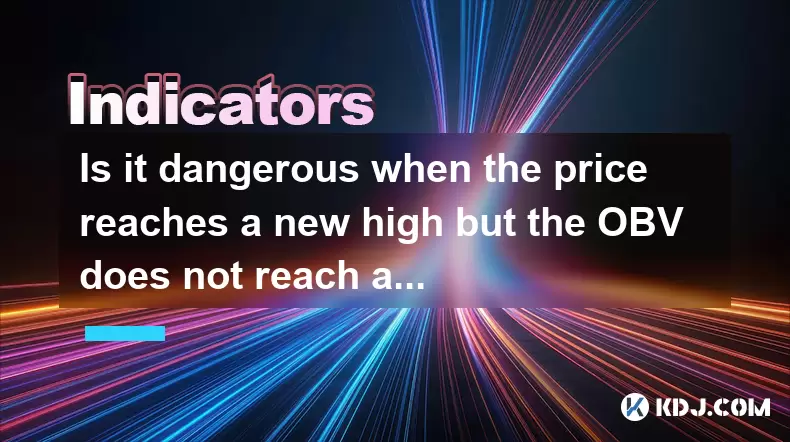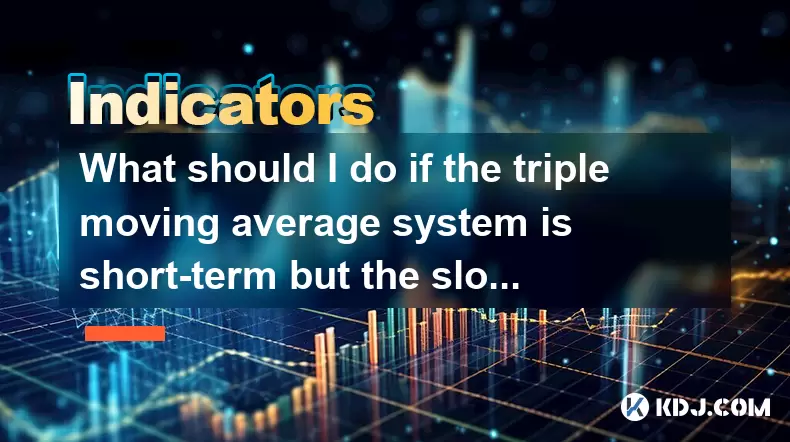-
 Bitcoin
Bitcoin $106,754.6083
1.33% -
 Ethereum
Ethereum $2,625.8249
3.80% -
 Tether USDt
Tether USDt $1.0001
-0.03% -
 XRP
XRP $2.1891
1.67% -
 BNB
BNB $654.5220
0.66% -
 Solana
Solana $156.9428
7.28% -
 USDC
USDC $0.9998
0.00% -
 Dogecoin
Dogecoin $0.1780
1.14% -
 TRON
TRON $0.2706
-0.16% -
 Cardano
Cardano $0.6470
2.77% -
 Hyperliquid
Hyperliquid $44.6467
10.24% -
 Sui
Sui $3.1128
3.86% -
 Bitcoin Cash
Bitcoin Cash $455.7646
3.00% -
 Chainlink
Chainlink $13.6858
4.08% -
 UNUS SED LEO
UNUS SED LEO $9.2682
0.21% -
 Avalanche
Avalanche $19.7433
3.79% -
 Stellar
Stellar $0.2616
1.64% -
 Toncoin
Toncoin $3.0222
2.19% -
 Shiba Inu
Shiba Inu $0.0...01220
1.49% -
 Hedera
Hedera $0.1580
2.75% -
 Litecoin
Litecoin $87.4964
2.29% -
 Polkadot
Polkadot $3.8958
3.05% -
 Ethena USDe
Ethena USDe $1.0000
-0.04% -
 Monero
Monero $317.2263
0.26% -
 Bitget Token
Bitget Token $4.5985
1.68% -
 Dai
Dai $0.9999
0.00% -
 Pepe
Pepe $0.0...01140
2.44% -
 Uniswap
Uniswap $7.6065
5.29% -
 Pi
Pi $0.6042
-2.00% -
 Aave
Aave $289.6343
6.02%
Should I reduce my position when the momentum indicator MOM diverges?
MOM divergence signals potential trend reversals or weakening momentum, especially in volatile crypto markets, but should be confirmed with other indicators before adjusting positions.
Jun 17, 2025 at 04:08 am

Understanding Momentum Indicator (MOM) Divergence
The momentum indicator (MOM) is a technical analysis tool that measures the rate of change in price over a specified period. When divergence occurs, it means that the price movement and the momentum indicator are not aligned, which may signal a potential reversal or weakening trend. For example, if the price makes a new high but the MOM does not confirm with a corresponding high, this is considered bearish divergence.
Traders often interpret such divergence as a warning sign rather than a direct sell signal. The key lies in understanding whether the divergence is regular or hidden. A regular bearish divergence typically indicates a possible reversal from an uptrend, while a hidden bullish divergence suggests continuation in a downtrend. This distinction plays a crucial role in deciding whether to reduce your position.
Why MOM Divergence Matters in Crypto Trading
In the highly volatile cryptocurrency market, signals like MOM divergence become even more critical due to rapid price swings. Unlike traditional markets, crypto assets can experience sharp corrections without clear fundamental triggers. Therefore, relying on technical indicators like MOM helps traders make informed decisions based on price action rather than emotions.
When you observe a negative divergence between price and MOM, it might suggest that buying pressure is decreasing, even though prices continue to rise. This could be a precursor to a pullback or trend reversal. However, acting solely on divergence without confirming signals can lead to premature exits and missed gains.
It's essential to combine MOM readings with other tools such as moving averages, volume analysis, or support/resistance levels to increase accuracy. In fast-moving crypto markets, confirmation across multiple indicators is vital before making any decision to adjust positions.
Steps to Evaluate Whether to Reduce Your Position
- Identify the type of divergence: Determine whether it’s a regular or hidden divergence. Regular divergence often hints at a trend reversal, while hidden divergence usually supports trend continuation.
- Check the timeframe: Higher timeframes like 4-hour or daily charts tend to provide more reliable divergence signals compared to shorter ones like 15-minute or 1-hour charts.
- Confirm with volume: If the price is rising but trading volume is declining, it reinforces the idea that the uptrend may be losing strength.
- Use candlestick patterns: Look for bearish candlestick formations like shooting stars, hanging men, or engulfing candles near resistance zones to strengthen the case for reducing exposure.
- Assess risk-reward ratio: If the potential downside outweighs the upside, trimming your position might be prudent even before a full reversal occurs.
Each of these steps should be carefully analyzed before making a move. Acting impulsively based on a single indicator like MOM divergence can lead to suboptimal outcomes, especially in the unpredictable world of cryptocurrencies.
Practical Example Using BTC/USDT Chart
Let’s take a recent scenario involving BTC/USDT on a 4-hour chart. Suppose Bitcoin made a new swing high at $67,000, but the MOM indicator failed to reach its previous peak, forming a lower high instead. This would represent a classic bearish divergence.
At this point, a trader holding a long position might consider reducing exposure. However, instead of exiting entirely, they could trim 30%–50% of their position to lock in profits while keeping some exposure in case the price continues upward temporarily.
If, in the following hours, the price starts to decline and breaks below a key moving average like the 20-period EMA, the trader might decide to exit the remaining position or tighten the stop-loss. Alternatively, if the price consolidates and MOM regains strength, they could hold or even re-enter at a better price.
This example illustrates how MOM divergence should not be treated as a standalone trigger but rather as part of a broader analytical framework.
Common Pitfalls When Reacting to MOM Divergence
One of the most common mistakes traders make is treating MOM divergence as an immediate trade signal. It's important to remember that divergence can persist for extended periods, especially during strong trends. Jumping out of a position too early can result in missing substantial moves.
Another pitfall is failing to consider market context. During breakout phases or major news events, price can defy technical indicators temporarily. Ignoring fundamentals or macro factors affecting crypto markets—such as regulatory updates, ETF approvals, or macroeconomic shifts—can lead to incorrect interpretations of MOM signals.
Lastly, many traders overlook the importance of position sizing and risk management when dealing with divergence. Even if the indicator suggests a potential reversal, it doesn't mean the market will reverse immediately. Reducing position size gradually rather than all at once can help mitigate emotional bias and preserve capital.
Conclusion
While MOM divergence can offer valuable insights into potential trend reversals or weakening momentum, it should never be used in isolation. Especially in the cryptocurrency market, where volatility and sentiment play significant roles, traders must corroborate MOM signals with other technical and contextual data before making adjustments to their positions.
Frequently Asked Questions
Q: Can MOM divergence occur in both bullish and bearish scenarios?
Yes, MOM divergence can appear in both directions. Bearish divergence happens when the price makes a higher high but the MOM makes a lower high. Conversely, bullish divergence occurs when the price makes a lower low but the MOM forms a higher low, suggesting potential upward momentum.
Q: Is MOM divergence reliable on all timeframes?
No, MOM divergence tends to be more reliable on higher timeframes such as the 4-hour or daily charts. Lower timeframes like 15-minute or 30-minute charts are prone to noise and false signals, which can mislead traders.
Q: Should I always reduce my position when I see MOM divergence?
Not necessarily. MOM divergence serves as a warning rather than a direct instruction. Traders should look for additional confirmation through volume, candlestick patterns, or other indicators before deciding to reduce their positions.
Q: How does MOM compare to other momentum oscillators like RSI or MACD?
MOM is simpler and faster-reacting compared to RSI or MACD. While RSI provides overbought/oversold levels and MACD offers crossovers and histogram changes, MOM focuses purely on the speed of price movement. Combining MOM with RSI or MACD can enhance the reliability of divergence signals.
Disclaimer:info@kdj.com
The information provided is not trading advice. kdj.com does not assume any responsibility for any investments made based on the information provided in this article. Cryptocurrencies are highly volatile and it is highly recommended that you invest with caution after thorough research!
If you believe that the content used on this website infringes your copyright, please contact us immediately (info@kdj.com) and we will delete it promptly.
- 2025-W Uncirculated American Gold Eagle and Dr. Vera Rubin Quarter Mark New Products
- 2025-06-13 06:25:13
- Ruvi AI (RVU) Leverages Blockchain and Artificial Intelligence to Disrupt Marketing, Entertainment, and Finance
- 2025-06-13 07:05:12
- H100 Group AB Raises 101 Million SEK (Approximately $10.6 Million) to Bolster Bitcoin Reserves
- 2025-06-13 06:25:13
- Galaxy Digital CEO Mike Novogratz Says Bitcoin Will Replace Gold and Go to $1,000,000
- 2025-06-13 06:45:13
- Trust Wallet Token (TWT) Price Drops 5.7% as RWA Integration Plans Ignite Excitement
- 2025-06-13 06:45:13
- Ethereum (ETH) Is in the Second Phase of a Three-Stage Market Cycle
- 2025-06-13 07:25:13
Related knowledge

How to interpret the low opening the next day after the long lower shadow hits the bottom?
Jun 18,2025 at 12:22am
Understanding the Long Lower Shadow Candlestick PatternIn technical analysis, a long lower shadow candlestick is often seen as a potential reversal signal in a downtrend. This pattern occurs when the price opens, trades significantly lower during the session, but then recovers to close near the opening price or slightly above. The long wick at the botto...

How to operate the RSI indicator repeatedly in the 40-60 range?
Jun 18,2025 at 12:56am
Understanding the RSI Indicator and Its RelevanceThe Relative Strength Index (RSI) is a momentum oscillator widely used in cryptocurrency trading to measure the speed and change of price movements. Typically, the RSI ranges from 0 to 100, with levels above 70 considered overbought and below 30 considered oversold. However, when the RSI repeatedly stays ...

Why is the volume ratio suddenly enlarged three times but the price fluctuation is small?
Jun 18,2025 at 04:42am
Understanding the Relationship Between Trading Volume and Price MovementIn the world of cryptocurrency trading, volume is a crucial metric that reflects the number of assets traded within a specific time frame. It often serves as an indicator of market interest and liquidity. However, there are instances where trading volume surges dramatically—sometime...

How strong is the MACD golden cross below the zero axis?
Jun 17,2025 at 11:00pm
Understanding the MACD Indicator in Cryptocurrency TradingThe Moving Average Convergence Divergence (MACD) is one of the most widely used technical indicators among cryptocurrency traders. It helps identify potential trend reversals, momentum shifts, and entry or exit points. The MACD consists of three main components: the MACD line, the signal line, an...

Is it dangerous when the price reaches a new high but the OBV does not reach a new high?
Jun 18,2025 at 06:14am
Understanding On-Balance Volume (OBV) in Cryptocurrency TradingIn the world of cryptocurrency trading, technical indicators play a crucial role in analyzing market behavior and predicting future price movements. One such widely used indicator is the On-Balance Volume (OBV), which helps traders assess the strength of buying or selling pressure behind pri...

What should I do if the triple moving average system is short-term but the slope slows down?
Jun 18,2025 at 04:35am
Understanding the Triple Moving Average SystemThe triple moving average system is a popular technical analysis tool used in cryptocurrency trading. It involves using three different moving averages—typically the short-term (e.g., 10-period), medium-term (e.g., 20-period), and long-term (e.g., 50-period) moving averages. When the short-term average cross...

How to interpret the low opening the next day after the long lower shadow hits the bottom?
Jun 18,2025 at 12:22am
Understanding the Long Lower Shadow Candlestick PatternIn technical analysis, a long lower shadow candlestick is often seen as a potential reversal signal in a downtrend. This pattern occurs when the price opens, trades significantly lower during the session, but then recovers to close near the opening price or slightly above. The long wick at the botto...

How to operate the RSI indicator repeatedly in the 40-60 range?
Jun 18,2025 at 12:56am
Understanding the RSI Indicator and Its RelevanceThe Relative Strength Index (RSI) is a momentum oscillator widely used in cryptocurrency trading to measure the speed and change of price movements. Typically, the RSI ranges from 0 to 100, with levels above 70 considered overbought and below 30 considered oversold. However, when the RSI repeatedly stays ...

Why is the volume ratio suddenly enlarged three times but the price fluctuation is small?
Jun 18,2025 at 04:42am
Understanding the Relationship Between Trading Volume and Price MovementIn the world of cryptocurrency trading, volume is a crucial metric that reflects the number of assets traded within a specific time frame. It often serves as an indicator of market interest and liquidity. However, there are instances where trading volume surges dramatically—sometime...

How strong is the MACD golden cross below the zero axis?
Jun 17,2025 at 11:00pm
Understanding the MACD Indicator in Cryptocurrency TradingThe Moving Average Convergence Divergence (MACD) is one of the most widely used technical indicators among cryptocurrency traders. It helps identify potential trend reversals, momentum shifts, and entry or exit points. The MACD consists of three main components: the MACD line, the signal line, an...

Is it dangerous when the price reaches a new high but the OBV does not reach a new high?
Jun 18,2025 at 06:14am
Understanding On-Balance Volume (OBV) in Cryptocurrency TradingIn the world of cryptocurrency trading, technical indicators play a crucial role in analyzing market behavior and predicting future price movements. One such widely used indicator is the On-Balance Volume (OBV), which helps traders assess the strength of buying or selling pressure behind pri...

What should I do if the triple moving average system is short-term but the slope slows down?
Jun 18,2025 at 04:35am
Understanding the Triple Moving Average SystemThe triple moving average system is a popular technical analysis tool used in cryptocurrency trading. It involves using three different moving averages—typically the short-term (e.g., 10-period), medium-term (e.g., 20-period), and long-term (e.g., 50-period) moving averages. When the short-term average cross...
See all articles

























































































